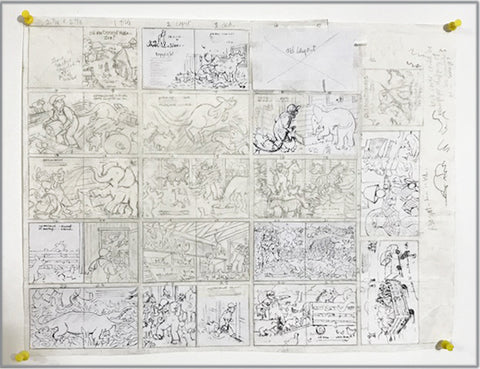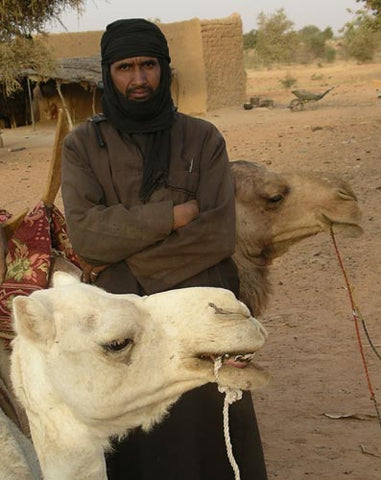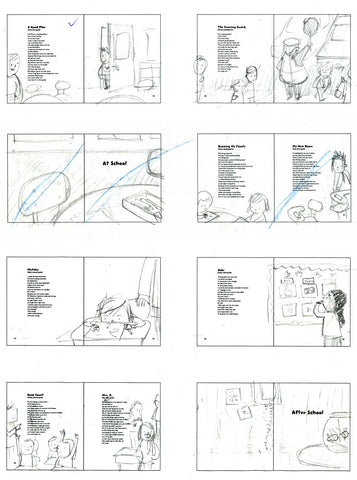Terry Lynn Johnson, author of Falcon Wild,
discusses the best part of writing a new book: researching.
There are a lot of great things about being an author – fan mail, seeing your book cover for the first time, school visits, taking a selfie in a bookstore while madly pointing at your own name on a shelf – all amazing rewards after years of effort poured into a book. But a surprising perk, one that I hadn’t considered a good thing before, was the research you get to do.
The idea for
Falcon Wild had been percolating inside me since I was twelve and read
Hawkmistress by Marion Zimmer Bradley. I was obsessed with the idea of owning a bird of prey – something wild and free that comes back to your outstretched fist. What a feeling that would be! I was going to be a falconer! I spent months trying to convince my parents that it would be incredibly cool if we owned a falcon or two. For my efforts, I got a hamster. I named him Snickers and was content with that for a few years.
Fast-forward a couple of decades. I was still fascinated with the idea of forming a special bond with an animal. Instead of a bird of prey, I ended up with eighteen sled dogs. So when I wrote my first book about dogsledding, I needed very little research to portray that relationship accurately. But I’d never forgotten that first obsession with the art of falconry.











